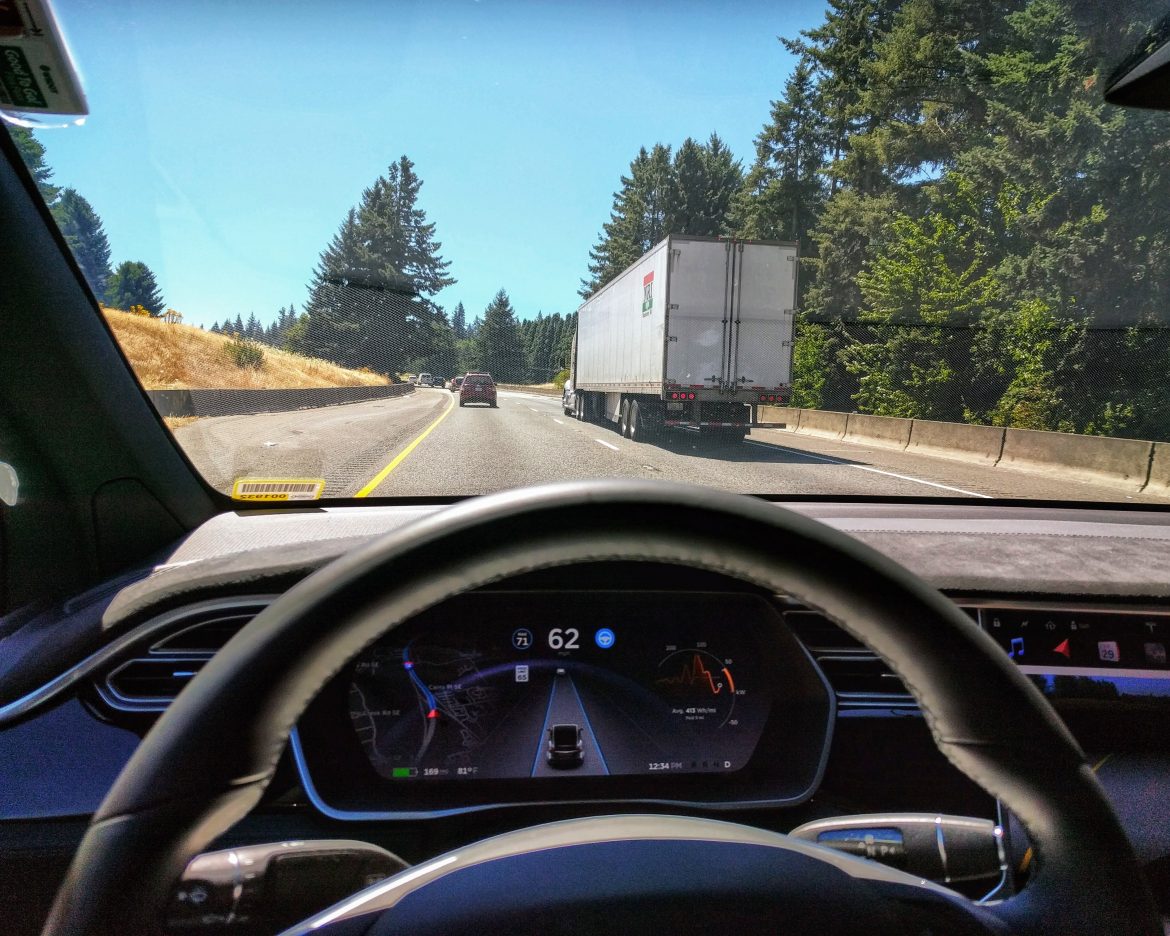The NHTSA, the US National Highway Traffic Safety Administration, is now intensifying its investigation of the December Tesla recall of more than 2 million vehicles. Tesla conducted the recall in order to install necessary safety features to the Autopilot system.
The investigation had begun after the authorities received around 20 reports about vehicles with the latest software version and accidents linked to it. NHTSA disclosed that the FDA had raised multiple questions on Tesla’s recalling process.
The extent to which the upgrades mandated by auto pilot’s recall satisfactorily handle the circumstances surrounding the accidents is what this inquiry aims to find out.
Tesla’s recall
In December, Tesla announced its largest-ever recall, affecting approximately 2.03 million vehicles in the United States. The purpose was to enhance driver attention while using Autopilot, Tesla’s advanced driver assistance system.
Scope of the probe
NHTSA investigation is conducted across various Tesla models such as Y, X, S, 3, and Cybertruck, with the Autopilot being operational in model years from 2012 to 2024.
The probe is extended to multiple Tesla vehicles so as to broadly assess the influence of Autopilot update across various platforms and model years.
Autopilot’s functionality
Tesla has emphasized in its statement that Autopilot is not an autonomous driving technology but a driving aid system. It demands from the driver a full-time attention and both hands on the steering wheel.
Tesla highlights the fact that despite the highly avanced capabilities of the autopilot system, the responsible driving behaviour and proactive response are the essential elements to be observed while the system is being used.
Information request
NHTSA issued information request to Tesla and requested it to provide the technical and detailed information as well as documents regarding the recall process. The authority intends to collect the performance data through comparing to other recalls and evaluate the effectiveness of Tesla’s recalling actions.
The request for information indicates NHSTA’s emphasis on performing a transparent investigation that should involve a thorough examination and documentation of all supportive data and documents.
Concerns raised
One area of concern is Tesla’s modification allowing drivers to activate Autopilot with a single pull of the drive stalk. NHTSA highlighted potential safety risks associated with this change.
The probe by NTHSA into the recall of this aspect is so the agency can decide if Tesla’s new modifications introduce unexpected hazards or fail to continue to function as designed.
Additional updates
Additionally, Tesla performed additional updates, which allowed the vehicle to reduce the distance of collisions within certain limits, like captive turn lane collisions.NHTSA intends to evaluate the timing and impact of these updates on vehicle performance.
The introduction of new updates exemplifies the Tesla’s ongoing efforts to improve and maintain the quality and safety of its cars.
Safety gap identified
NHTSA previously identified deficiencies in Tesla’s driver engagement system, stating that it was inadequate for Autopilot’s operating capabilities. These shortcomings pose a critical safety risk.
The identification of a safety gap underscores the importance of robust driver monitoring systems and effective safeguards to prevent misuse of advanced driver assistance systems.
Past incidents
The investigation stems from incidents dating back to August 2021, where NHTSA identified numerous Tesla crashes involving fatalities or serious injuries attributed to driver misuse of Autopilot.
By examining past incidents, NHTSA aims to identify patterns and trends that may shed light on the root causes of accidents involving Tesla vehicles equipped with Autopilot.



